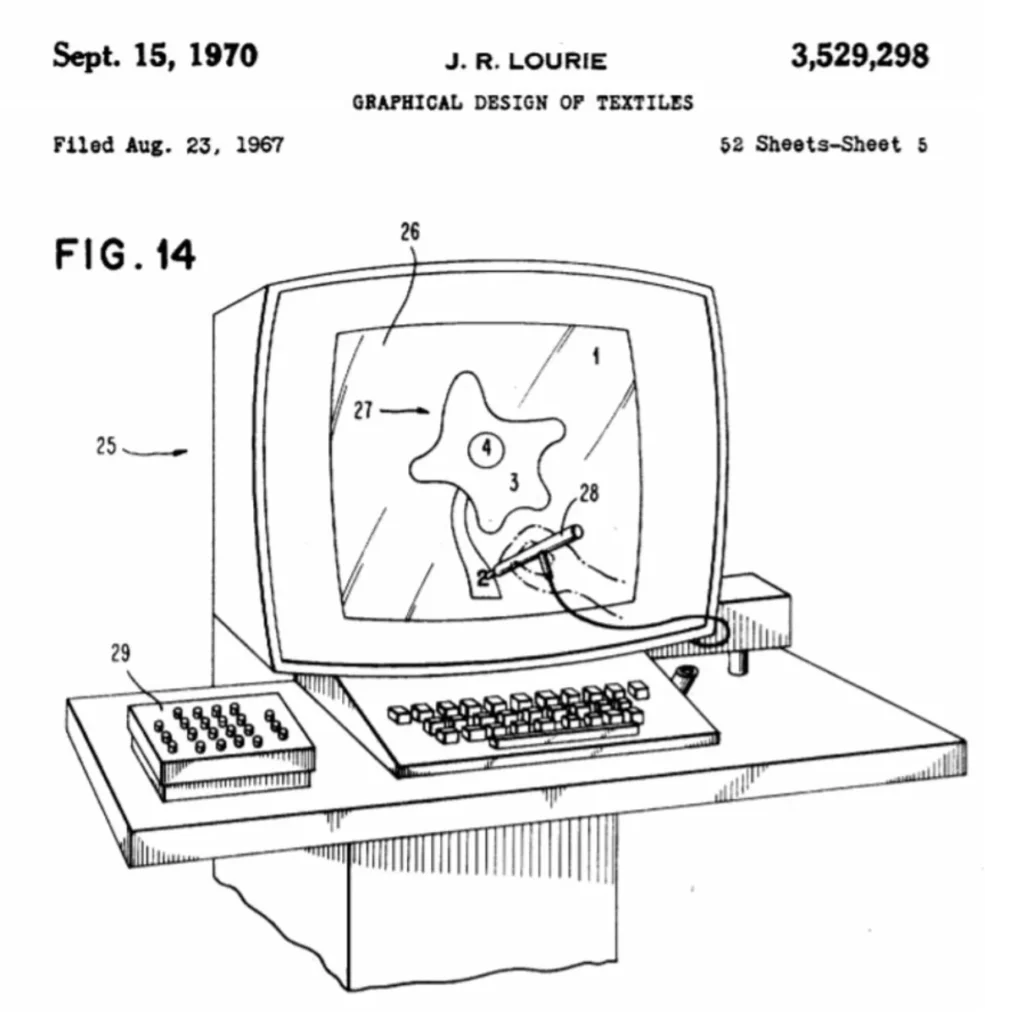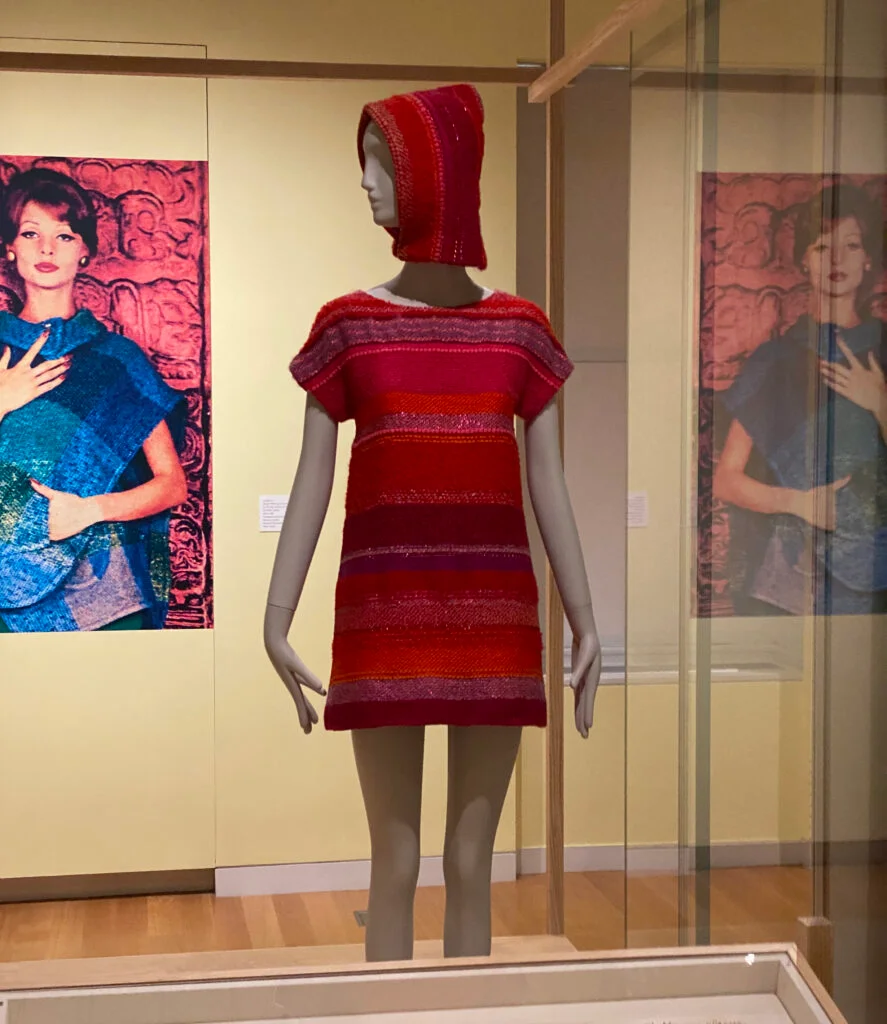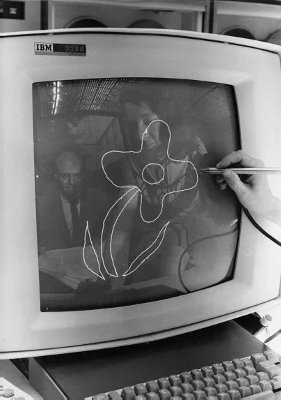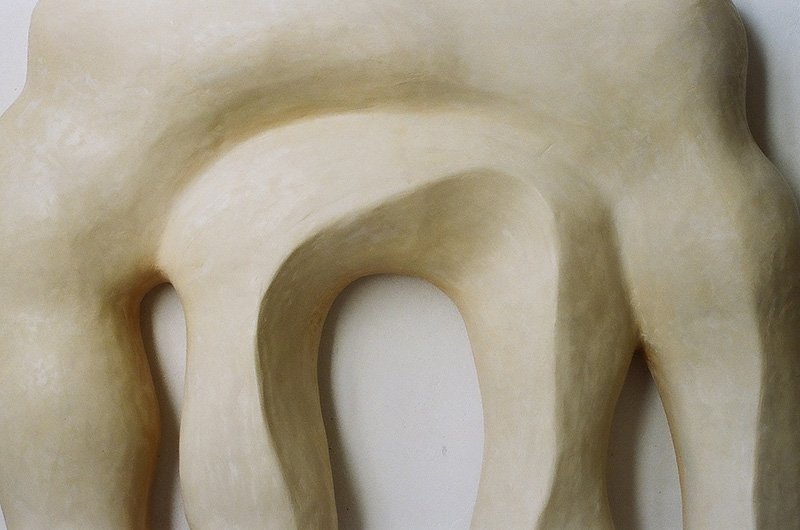Textile art, or as Anni Albers said, “the poetry of materials,” has had many lives.
In the 40s, we loved fabric. 24 foot stage curtains. Men’s trousers up to their stomachs. Women dripping in silk, satin, taffeta.
“Some styles used up to fifteen yards of fabric,” writes Karina Reddy of the 40s, a fashion writer who manages the Fashion History Timeline on the Fashion Institute’s web site.
During a time of rationing, the surplus of fabric sparked civil unrest in Los Angeles in June 1943. Alice Gregory of Smithsonian Magazine wrote, “For over a week, white U.S. soldiers and sailors traversed Los Angeles beating up allegedly ‘unpatriotic’ Mexican-American men, identifiable by their conspicuously voluminous attire.”
The 60s saw textiles discussed as “art” in itself more, pioneered by women like Annie Albers and Sheila Hicks who moved beyond traditional notions during a time of significant experimentation across various art forms.
“Along with the miniskirt came a craze for the playful, innovative use of new materials and a focus on scientific progress,” writes Karina.
“Newly developed materials … acrylics, polyesters, and shiny PVC were used in women’s clothing… Pierre Cardin and André Courrèges debuted space-inspired designs in shades of white and silver.”
In 1970, fifty years ago, Janice Lourie started a revolution in textile manufacturing with IBM’s first software patent. The program, known as the Textile Graphics System, made the automated computer-driven loom possible, allowing designers to produce a weave or pattern in minutes that would take days or weeks on graph paper—a milestone for computer-aided design, or CAD.

Recent Exhibits On Fabric
“Anni Albers: In Thread and On Paper’ at the Blanton Museum of Art in Austin, Texas, is on display until June 30th.
Anni Albers was a pioneering textile artist who transformed the art of weaving. Her work was characterized by a focus on restraint, simplicity, and an underlying math. Math that made a sense of quiet beauty and serenity.
Albers started her artistic journey at the Bauhaus, where she studied painting but eventually gravitated to fabric.
Dorothy Liebes
“A Dark, a light, a bright: The Designs of Dorothy Liebes” at Cooper Hewitt ended February 4, 2024.
Dorothy Liebes (1897-1972) was a pioneering American designer and weaver who had a significant impact on 20th-century interior design, fashion, and industrial design.
A recent exhibit on the beautiful second floor of the Cooper Hewitt on E 91st St showcased her start as a California handweaver to a key figure in the popularization of American modernist design across interiors, transportation, industrial design, fashion, and film.

Exhibits On Fabric Happening Now In New York
Embrace the Past: Mourning, Memory and Lace
Part of Acquired! Shaping the National Design Collection
Cooper Hewitt, 2 E 91st St, 2nd Floor
Ends September 2, 2024
Weaving Abstraction in Ancient and Modern Art.
Metropolitan Museum of Art, 5th Avenue
Ends June 16, 2024
By Way Of: Material and Motion in the Guggenheim Collection
Guggenheim, 5th Avenue
Ends January 12, 2025
Making Their Mark
Shah Garg, W 22nd St
Ends March 23, 2024
Text by Pina Lomb
13. APRIL. MMXXV. PLUM
SUBSCRIBE,
SAVE,
LIKE (11),
SHARE: COPY PERMALINK






